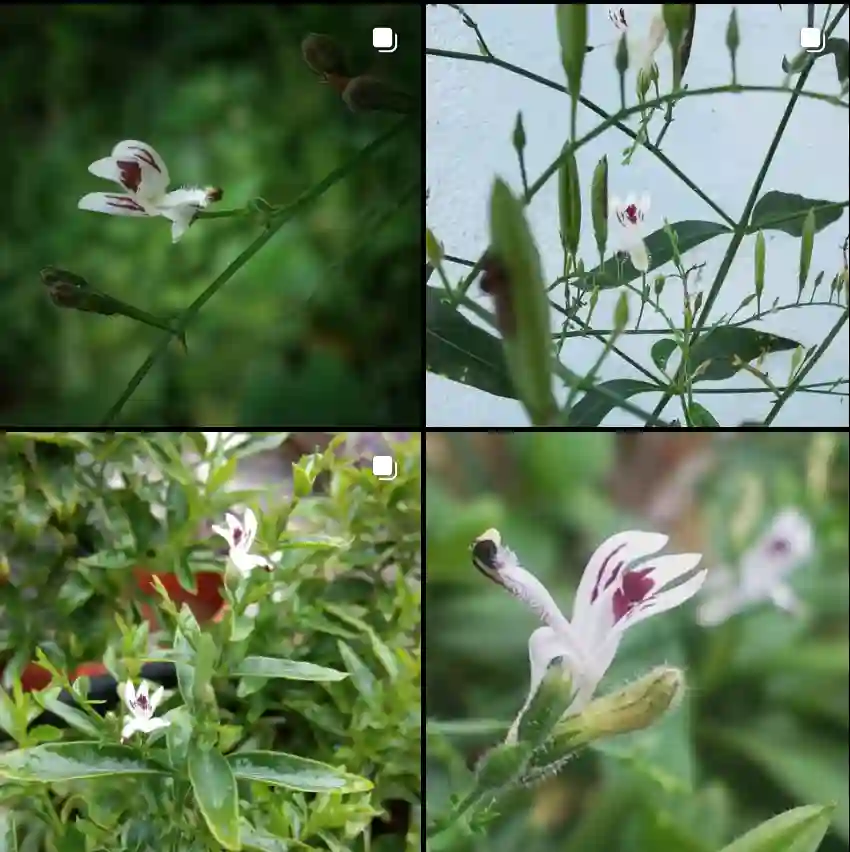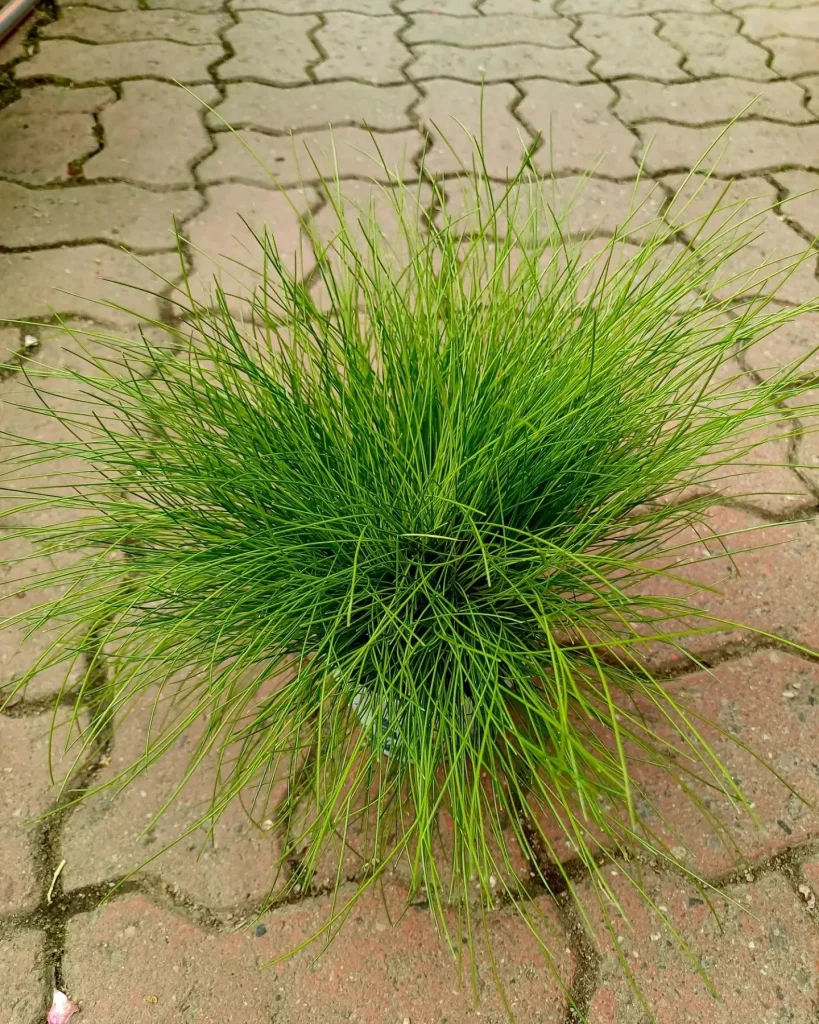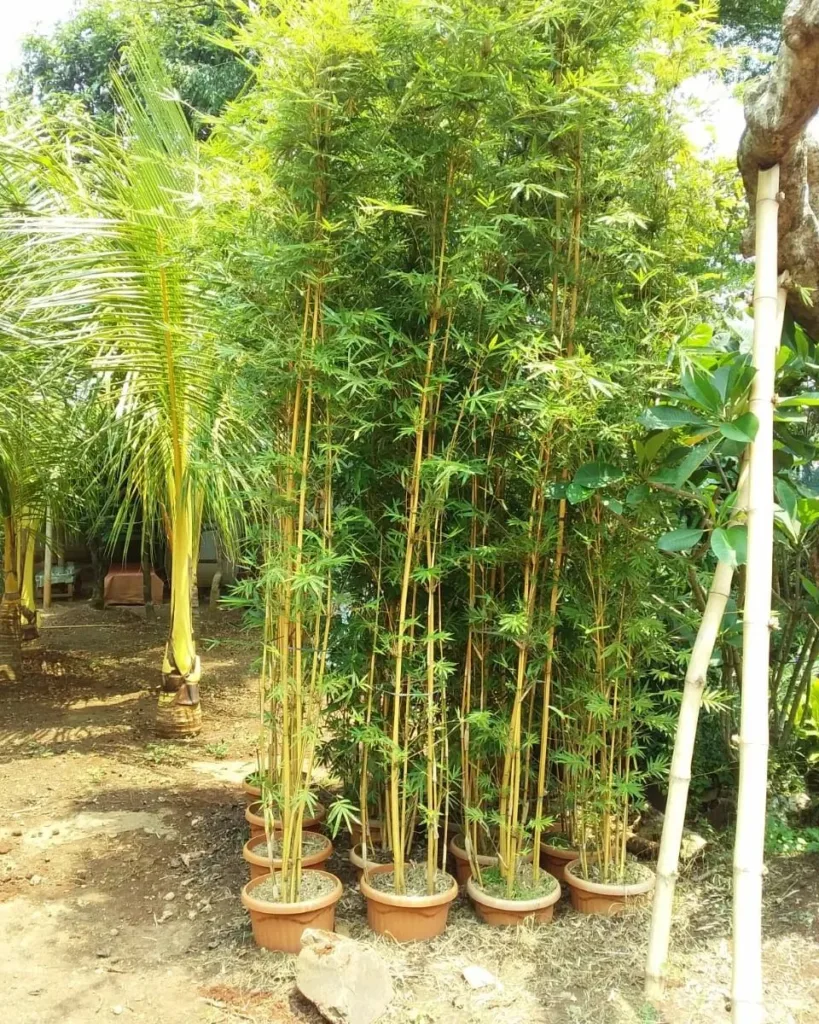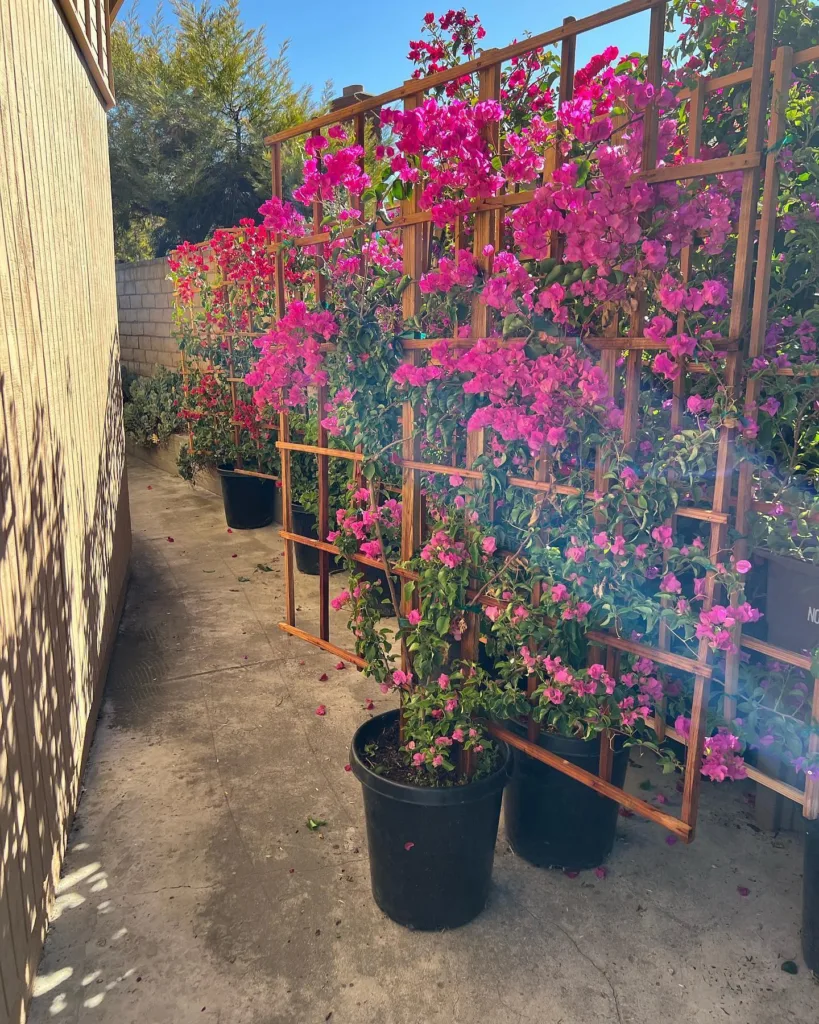Equisetaceae: A Journey into the Fascinating World of Horsetails
The Equisetaceae family has always intrigued me. It’s one of those plant families that stands out, both for its uniqueness and its ancient origins. Equisetaceae includes the Equisetum genus, which comprises species commonly known as horsetails. These plants have been around for hundreds of millions of years, dating back to the Paleozoic Era. Whenever I come across an Equisetum in the wild or a garden, I can’t help but marvel at how these plants have survived through time and continue to thrive today.
The Ancient Origins of Equisetaceae
The Equisetaceae family has deep historical significance. These plants thrived during the Carboniferous Period, over 300 million years ago, when they contributed to the vast coal deposits we mine today. To think that horsetails once stood as towering trees is mind-boggling, especially when you consider their present form – most species are now herbaceous perennials. Despite their reduced size, Equisetum species still retain that ancient, almost primordial feel when I encounter them.
The evolutionary resilience of the Equisetaceae family is impressive. Over the millennia, these plants have adapted to changing environments and climates, managing to survive mass extinctions that wiped out many other species. It’s their evolutionary history and resilience that make horsetails so fascinating.
Understanding the Equisetum Genus
One of the key aspects of the Equisetaceae family is the Equisetum genus, which is the sole surviving genus within this ancient family. This genus includes around 41 species, with some of the most notable being Equisetum arvense (commonly known as field horsetail), Equisetum hyemale (rough horsetail or scouring rush), and Equisetum telmateia (great horsetail).
Whenever I observe these plants, their structure immediately stands out. Horsetails lack the typical broad leaves of most plants. Instead, their leaves are reduced to tiny scales, while their hollow, jointed stems take center stage. It’s this characteristic structure that makes them look almost like miniature bamboo.
Exploring the Diversity of Equisetum
- Equisetum × alsaticum (H.P.Fuchs & F.Geissert) G.Phil ex Lubienski & Bennert
- Equisetum arvense L.
- Equisetum bogotense Kunth
- Equisetum × bowmanii C.N.Page
- Equisetum braunii Milde
- Equisetum diffusum D.Don
- Equisetum × dycei C.N.Page
- Equisetum × ferrissii Clute
- Equisetum fluviatile L. Plant FAQs: Equisetum Fluviatile
- Equisetum × font-queri Rothm.
- Equisetum × geissertii Lubienski & Bennert
- Equisetum giganteum L. Plant FAQs: Equisetum Giganteum
- Equisetum × haukeanum Mickel & A.R.Sm.
- Equisetum hyemale L.
- Equisetum × jesupii (A.A.Eaton) Christenh. & Husby
- Equisetum laevigatum A.Braun & Engelm. Plant FAQs: Equisetum Laevigatum
- Equisetum × lapponicum Lubienski & Dörken
- Equisetum × litorale Kühlew. ex Rupr.
- Equisetum × lofotense Lubienski
- Equisetum × mchaffieae C.N.Page
- Equisetum × meridionale (Milde ) Chiov.
- Equisetum × mildeanum Rothm.
- Equisetum × montellii Hiitonen
- Equisetum × moorei Newman
- Equisetum myriochaetum Schltdl. & Cham.
- Equisetum × nelsonii (A.A.Eaton) J.H.Schaffn.
- Equisetum palustre L. Plant FAQs: Equisetum Palustre – Marsh Horsetail
- Equisetum praealtum Raf.
- Equisetum pratense Ehrh. Plant FAQs: Equisetum Pratense
- Equisetum ramosissimum Desf.
- Equisetum × robertsii Dines
- Equisetum × rothmaleri C.N.Page
- Equisetum × schaffneri Milde
- Equisetum scirpoides Michx. Plant FAQs: Equisetum Scirpoides – Dwarf Scouring Rush
- Equisetum × sergijevskianum C.N.Page & Gureeva
- Equisetum sylvaticum L. Plant FAQs: Equisetum Sylvaticum – Wood Horsetail
- Equisetum telmateia Ehrh. Plant FAQs: Equisetum Telmateia – Great Horsetail
- Equisetum × trachyodon A.Braun
- Equisetum variegatum Schleich. ex F.Weber & D.Mohr
- Equisetum × willmotii C.N.Page
- Equisetum xylochaetum Mett.
What is horsetail extract?
I haven’t personally tried horsetail extract, but I have done some reading about it because it’s supposed to be good for hair and nails. Apparently it’s made from this horsetail plant I mentioned – they dry and grind it up. Some people swear by it for strengthening hair and nails, but I haven’t seen any scientific studies to totally convince me. Maybe I should give it a go though, my nails could definitely use some help!
What is horsetail good for?
I haven’t used horsetail for myself medically, but I’ve heard a lot of talk about it from herbal remedy enthusiasts. Apparently it’s supposed to be good for things like fluid retention and bone health because it contains this mineral called silicon. It’s also supposed to have some anti-inflammatory properties. While it’s interesting, I’m a little wary of using herbal remedies without talking to a doctor first. There can always be side effects or interactions with other medications, you know? If something sounds too good to be true, I usually err on the side of caution.
Is horsetail tea good for kidneys?
This is a tricky one. I’ve seen some information online about horsetail tea being helpful for kidney issues because it acts as a diuretic. In theory, that could help flush things out and maybe even prevent kidney stones. But here’s the thing – I’ve also read that it can mess with your electrolytes, especially potassium, which can be dangerous for your kidneys. Honestly, it scares me a bit to mess around with something so important. My kidneys are the ones filtering everything, you know? No way am I risking them for a cup of tea! If I ever have any kidney concerns, I’m going straight to the doctor – no herbal remedies for me in that case.
How to get rid of horsetail?
Getting rid of horsetail in my garden has been a real battle! Those spiky green stalks seem to pop up everywhere, and they’re persistent little things. Pulling them up by hand doesn’t seem to do much good – they just come right back. I’ve heard some people try weed killers, but I’m not a big fan of using harsh chemicals in my garden, especially with fruits and vegetables around. Right now, I’m trying the smothering method. I blanket the affected areas with cardboard or thick mulch to block sunlight and hopefully starve the roots. It’s a slow process, but I’m hoping it’ll eventually weaken the horsetail and give my other plants a fighting chance. Wish me luck!
How to grow horsetail?
Despite the frustration horsetail has caused me in other parts of my garden, there is a strange charm to their prehistoric looks. If you’re looking to cultivate them, they’re actually pretty easygoing as long as you give them what they love – moisture! They’ll thrive in damp, shady areas or even at the edge of a pond. I’ve seen some people grow them in containers too, using a mix with plenty of sand or gravel for good drainage. Since they spread underground, planting them in a pot with a buried bottom can help control their enthusiasm. Honestly, they’re not fussy eaters – they’ll tolerate most soil types as long as it stays consistently moist. Just be mindful of where you plant them, because happy horsetail can become expansive horsetail very quickly!
How to propagate horsetail?
The easiest way I’ve found to propagate horsetail isn’t by seeds – they reproduce with spores, which feels a bit too sci-fi for me! The real trick is division. In spring, when the new growth is emerging, you can simply dig up a healthy clump of horsetail. Those underground rhizomes are the key – they’re like long, branching roots. Using a sharp spade or pruner, just slice off a section of the rhizome with a few shoots attached. You can then plant this new piece in its own damp spot, and voila – instant new horsetail plant! Be warned, this is where their reputation for being invasive comes from. Those separated rhizome pieces are very determined to grow, so plant them strategically and keep an eye on their spread!
Where to buy horsetail plant?
I found a fantastic place to buy horsetail plants was at a specialty plant nursery called Evergreen Oasis. They had a wide selection of horsetail plants available, including different varieties and sizes to choose from. The staff there were incredibly knowledgeable about the care and maintenance of horsetail plants, which was really helpful for a beginner like me. The plants were reasonably priced, and I was able to find exactly what I was looking for to add a unique touch to my garden. Overall, it was a great experience shopping there, and I’m thrilled with how the horsetail plants have transformed my outdoor space.
Equisetum Arvense: The Resilient Pioneer
One of the most common species I encounter is Equisetum arvense. This species has a wide distribution, particularly in temperate regions. In many ways, it acts as a pioneer species, thriving in disturbed soils and reclaiming landscapes that have undergone significant change. Its resilience to poor soil conditions makes it a common sight along roadsides, riverbanks, and abandoned fields.
Despite its reputation as a weed in many areas, Equisetum arvense has a practical side. Historically, this species has been used in herbal medicine for its diuretic and anti-inflammatory properties. I’ve even come across gardeners who swear by its ability to improve soil quality, citing its deep-rooting nature and the way it helps aerate the soil. Equisetum arvense is more than just a hardy plant – it has a long-standing history of human use and ecological importance.
Equisetum Hyemale: The Sturdy Scouring Rush
When it comes to striking appearances, Equisetum hyemale is one of my personal favorites. Its dark green stems, segmented like a series of stacked rings, give it a unique aesthetic that fits well in more structured garden designs. In the past, Equisetum hyemale was used for practical purposes. Its silica-rich stems were once harvested for polishing metal and wood, earning it the name scouring rush.
I love incorporating Equisetum hyemale into my garden projects because it adds a vertical element, something that’s rare in most herbaceous perennials. Its stiff, upright nature means it holds its own in garden beds, even during heavy rains and winds. It’s also a plant that thrives in wet conditions, making it an excellent choice for areas prone to waterlogging.
Equisetum Telmateia: The Giant Horsetail
Equisetum telmateia, or great horsetail, is another species worth mentioning. This species is larger than Equisetum arvense and can reach impressive heights of up to 5 feet. Whenever I encounter it, especially in marshy areas or near streams, it gives off an almost prehistoric vibe, reminiscent of the plant life you’d expect to see during the age of the dinosaurs.
Equisetum telmateia prefers wet, boggy soils and thrives in conditions where many other plants struggle. It’s a testament to how well the Equisetaceae family has adapted to survive in different environments. The species’ ability to grow in such challenging conditions makes it a valuable plant for erosion control in wetland areas.
The Role of Horsetails in Modern Ecology
Equisetum species play an important role in today’s ecosystems. They serve as soil stabilizers in disturbed environments, and their presence can indicate areas of high soil moisture. In my experience, these plants act as markers of natural wetland conditions, signaling areas that are rich in water and organic matter.
Though not commonly used in large-scale landscaping projects due to their aggressive nature, Equisetum species can be valuable in controlled environments. I’ve seen them used effectively in rain gardens and other water management systems, where their ability to tolerate soggy conditions comes in handy.
Final Thoughts on Equisetaceae
The Equisetaceae family, with its sole surviving genus Equisetum, is a living link to the distant past. Its evolutionary resilience, structural uniqueness, and ecological importance make it one of the most fascinating plant families to study and observe. Whether you’re dealing with Equisetum arvense’s pioneering spirit, Equisetum hyemale’s practical history, or the towering presence of Equisetum telmateia, there’s something about these plants that captivates me every time.
If you’re looking for a way to add something unique to your garden or are simply curious about ancient plant lineages, the Equisetaceae family is a perfect place to start. These plants not only carry a deep history but also offer practical benefits in modern ecology.
If i die, water my plants!



